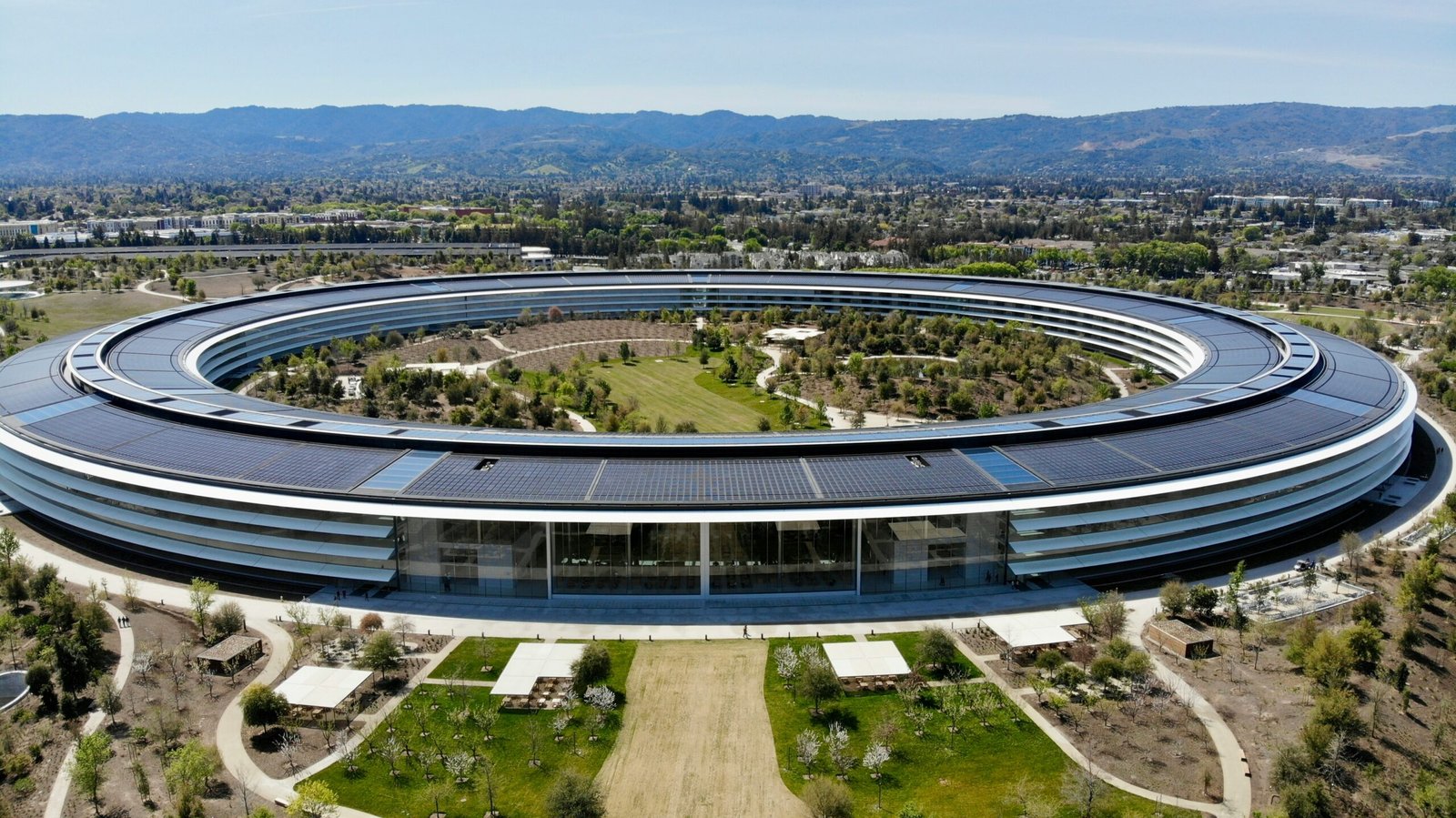Introduction
Last week, an unprecedented global tech outage disrupted operations across multiple sectors, causing significant disturbances worldwide. The root of the issue was traced back to a software glitch in CrowdStrike’s security platform, a leading provider of cybersecurity solutions. This unforeseen malfunction had a ripple effect, impacting industries ranging from aviation and healthcare to major corporations, highlighting the critical dependency these sectors have on robust and reliable digital infrastructure.
The aviation industry experienced significant delays and cancellations as critical systems went offline, affecting flight schedules and passenger services. Healthcare facilities faced challenges in accessing patient records and coordinating care, demonstrating the vulnerability of essential services to technological disruptions. Furthermore, numerous major corporations reported disruptions in their operations, leading to halted production lines, stalled business transactions, and communication breakdowns.
This incident brings to light the delicate balance maintained by modern digital ecosystems and underscores the potential consequences when such systems fail. The widespread impact of this outage necessitates a comprehensive examination of its causes, the immediate and long-term effects, and the financial fallout experienced by affected entities. This blog post will delve into these aspects, providing a detailed analysis of the events that transpired, the sectors most affected, and the broader implications for global digital infrastructure resilience.
What Caused the Outage?
The recent global tech outage, which affected numerous systems worldwide, can be primarily attributed to a critical glitch in the CrowdStrike software. This glitch originated from an automated software update that did not perform as intended, triggering a sequence of failures that reverberated across various platforms. The update, designed to enhance security protocols, inadvertently introduced a vulnerability that cyber attackers were quick to exploit. As a result, systems that relied on CrowdStrike for their security infrastructure experienced significant disruptions.
According to cybersecurity experts, the root cause of the outage lies in a flaw within the update’s deployment mechanism. When the update was rolled out, it failed to integrate smoothly with existing configurations, leading to unexpected system behavior. This misalignment created loopholes in security defenses, which were subsequently exploited by malicious actors. These vulnerabilities allowed attackers to infiltrate networks, causing widespread system failures and data breaches.
Industry specialists have pointed out that the automated nature of the update played a crucial role in the rapid spread of the problem. Without adequate oversight, the flawed update propagated swiftly, affecting a vast array of interconnected systems. The interconnectedness of modern digital infrastructure meant that a single point of failure had far-reaching consequences, disrupting services on a global scale.
Further investigation revealed that the exploited vulnerabilities were not entirely new but were rather latent weaknesses that had not been adequately addressed. These weaknesses became evident under the strain of the faulty update, highlighting the importance of rigorous testing and validation processes in software development. Cybersecurity experts have emphasized that while automation in software updates is essential for efficiency, it also necessitates robust safeguards to prevent such catastrophic failures.
In conclusion, the global tech outage serves as a stark reminder of the intricate dependencies within our digital ecosystems. It underscores the critical need for meticulous oversight and rigorous testing in software updates to safeguard against potential vulnerabilities that can be exploited by cyber threats.
Immediate Impact on Global Operations
The global tech outage had an immediate and profound impact on various sectors worldwide, causing a cascade of disruptions that highlighted the critical dependency on technology. One of the most affected areas was the aviation industry. Numerous airlines experienced system failures, leading to flight delays and cancellations. Airports were plunged into chaos as schedules became unreliable, stranding thousands of passengers and disrupting travel plans across the globe. The ripple effect was felt as maintenance operations, baggage handling, and even airport security systems faced significant slowdowns.
Healthcare systems were not spared from the outage either. Several hospitals reported that their electronic health records (EHR) systems went offline, complicating patient care. Medical staff were forced to revert to manual record-keeping, resulting in delays in treatment and diagnostic processes. Emergency services were particularly hard-hit, with some ambulance dispatch systems failing to operate, thereby slowing down response times and potentially endangering lives. The outage underscored the critical need for robust backup systems in healthcare to ensure continuity of care during such crises.
Critical infrastructure also suffered substantial setbacks. Power grids, reliant on automated control systems, faced operational difficulties, leading to sporadic blackouts in various regions. Financial institutions experienced disruptions in online banking services, ATM operations, and transactions, causing inconvenience and financial uncertainty for consumers and businesses alike. The stock exchanges in multiple countries had to suspend trading temporarily as their digital platforms struggled to cope with the outage.
Real-world examples further illustrate the severity of the situation. For instance, in a major metropolitan area, traffic light systems failed, leading to significant traffic congestion and accidents. In another case, a large multinational corporation reported a halt in its production line due to the failure of its automated machinery. These anecdotes paint a vivid picture of the chaos and confusion that ensued, driving home the message that our modern world is intricately tied to the seamless functioning of technology.
Economic Costs and Insurers’ Analysis
The recent global tech outage has had a profound economic impact, with insurers estimating direct losses for Fortune 500 companies at approximately $5 billion. This figure encompasses a range of financial repercussions, primarily stemming from lost productivity, business interruption, and potential long-term economic effects. The interruption of daily operations led to immediate productivity declines as employees were unable to access critical systems and complete essential tasks.
Furthermore, the business interruption component of the losses highlights the dependency of modern enterprises on seamless IT infrastructure. The outage disrupted supply chains, delayed transactions, and impeded customer service operations, all of which compounded the financial damage. Insurers’ analysis reveals that, beyond the immediate costs, there are potential long-term ramifications, such as decreased customer trust and potential shifts in market share as competitors seize the opportunity to capitalize on the downtime.
When compared to previous IT outages, the severity of this incident becomes even more apparent. For instance, the 2016 Dyn cyberattack, which affected major websites and services, resulted in estimated losses of around $110 million. In contrast, the current outage’s estimated $5 billion loss underscores its unprecedented scale and the critical importance of robust IT resilience measures. This comparison illustrates the increasing financial stakes involved in tech reliability and the growing need for comprehensive risk management strategies.
The financial analysis conducted by insurers serves as a stark reminder of the vulnerabilities in today’s tech-dependent economy. Insurers are likely to adjust their models and premiums to better account for the heightened risks associated with such outages. Companies may also need to reevaluate their investment in cybersecurity and redundancy systems to mitigate the potential for similar future incidents, thereby safeguarding their economic stability.
Dependence on Cybersecurity Firms
In today’s interconnected digital landscape, the reliance on cybersecurity firms has become a cornerstone for businesses and governments alike. Companies such as CrowdStrike have emerged as pivotal players in safeguarding critical data and infrastructure. However, this growing dependence on a single cybersecurity provider can introduce systemic risks that cannot be overlooked.
The concentration of cybersecurity responsibilities in the hands of a few key firms creates a single point of failure. Should a breach occur within one of these companies, the ramifications could be widespread, affecting numerous clients simultaneously. This scenario underscores the inherent vulnerability in the current cybersecurity paradigm, where the failure of one entity can cascade into a global crisis.
Moreover, this reliance has broader implications for the cybersecurity industry as a whole. With major firms handling the bulk of cybersecurity defenses, smaller companies may struggle to compete or innovate. This monopolistic trend can stifle diversification within the industry, leading to a homogenized approach to security that might not address all potential threats effectively.
To mitigate these risks, it is imperative for organizations to adopt a strategy of diversification and redundancy. By incorporating multiple cybersecurity providers, businesses can distribute their risk and enhance their overall security posture. This approach not only reduces dependency on a single firm but also fosters a competitive environment that encourages innovation and resilience.
Furthermore, collaboration between cybersecurity firms can play a crucial role in addressing systemic vulnerabilities. Joint efforts in threat intelligence sharing, research, and development can lead to more robust and comprehensive security solutions. This collaborative model can enhance the industry’s capacity to respond to emerging threats and reduce the likelihood of a catastrophic failure.
In conclusion, while the dependence on key cybersecurity firms like CrowdStrike is understandable given their expertise, it is essential to recognize the associated risks. A more diversified and collaborative approach to cybersecurity can provide a stronger, more resilient defense against the ever-evolving landscape of digital threats.
Responses and Recovery Efforts
The global tech outage prompted swift responses from affected companies, governments, and cybersecurity firms like CrowdStrike. Companies immediately activated their incident response protocols, working around the clock to restore normal operations. IT teams focused on identifying the breach points, isolating affected systems, and conducting comprehensive damage assessments. Collaborations with cybersecurity experts helped in implementing advanced threat detection and mitigation measures.
Governments also played a crucial role in the recovery efforts. National cybersecurity agencies provided critical support to both public and private sectors, ensuring that sensitive data remained secure and that essential services were restored promptly. Emergency meetings were convened to coordinate responses, share intelligence, and develop unified strategies to counter the cybersecurity threat. Governments emphasized the importance of resilience and the need for robust cybersecurity frameworks to withstand future attacks.
CrowdStrike, a leading cybersecurity firm, was at the forefront of the recovery process. Their incident response teams were deployed globally, providing expertise in threat hunting, malware analysis, and system restoration. CrowdStrike’s Falcon platform was used extensively to monitor network traffic, identify anomalies, and provide real-time threat intelligence. This proactive approach enabled organizations to quickly regain control over their systems and mitigate further risks.
On the international front, collaborative efforts were intensified to address the cybersecurity challenges posed by the tech outage. International bodies, including the United Nations and the European Union, facilitated dialogues among nations to enhance global cybersecurity resilience. Information sharing agreements and joint cybersecurity exercises were conducted to improve preparedness and response capabilities. These initiatives underscored the importance of international cooperation in tackling cross-border cyber threats.
Overall, the responses to the global tech outage highlighted the critical need for continuous improvement in cybersecurity practices. The collective efforts of companies, governments, and international bodies demonstrated a commitment to enhancing security measures, fostering collaboration, and building a more resilient digital infrastructure for the future.
Lessons Learned
The recent global tech outage has underscored several critical lessons for businesses and organizations worldwide. One of the primary takeaways is the paramount importance of robust IT infrastructure. Ensuring that systems are resilient and can withstand unexpected disruptions is essential. This involves not only investing in high-quality hardware and software but also in redundancy measures that can minimize downtime.
Another significant lesson is the necessity of regular security audits. These audits help identify vulnerabilities before they can be exploited. By conducting thorough assessments of systems and networks, organizations can proactively address potential threats. Security experts recommend adopting a routine schedule for these audits to ensure continuous protection against evolving cyber threats.
The implementation of best practices in software updates and cybersecurity cannot be overstated. Keeping software up-to-date is a fundamental aspect of maintaining system integrity. Regular updates often include patches for known vulnerabilities, which can prevent breaches. Additionally, following cybersecurity best practices, such as implementing multi-factor authentication and educating employees about phishing scams, can significantly reduce the risk of incidents.
Experts also emphasize the need for a comprehensive risk management strategy. This includes not only technical measures but also organizational policies and procedures. Establishing clear protocols for responding to outages and cyber incidents can streamline recovery efforts and mitigate damage. Furthermore, collaboration with other organizations and sharing information about threats can enhance overall resilience.
In light of the global tech outage, it is evident that a proactive approach to IT infrastructure, security audits, and best practices in software updates and cybersecurity is crucial. By learning from this incident and implementing these measures, organizations can better safeguard themselves against future disruptions.
Conclusion
The recent global tech outage has underscored the profound vulnerabilities within our interconnected digital infrastructure. As discussed, the scale of the outage was unprecedented, affecting numerous sectors and millions of users worldwide. The financial toll was equally staggering, with losses estimated in the billions, impacting both large corporations and small businesses alike. This incident has illuminated several critical lessons for organizations, particularly the need for robust cybersecurity measures and comprehensive risk management strategies.
One of the key takeaways is the importance of proactive cybersecurity policies. Businesses must invest in advanced cybersecurity technologies and ensure that their systems are regularly updated to withstand potential threats. Continuous monitoring and rapid response protocols are essential to mitigate the impact of such outages. Additionally, fostering a culture of cybersecurity awareness among employees can significantly reduce the likelihood of human error, which often serves as a gateway for cyberattacks.
Looking ahead, it is evident that this incident will catalyze significant changes in cybersecurity practices. Governments and regulatory bodies may introduce stricter cybersecurity regulations to safeguard critical infrastructure. Organizations, on their part, will need to reassess their cybersecurity frameworks and adopt a more resilient approach to risk management. Collaborative efforts between the public and private sectors will also be crucial in fortifying defenses against future threats.
In light of these developments, businesses are urged to take immediate action to bolster their cybersecurity strategies. This includes conducting thorough risk assessments, investing in cutting-edge security solutions, and implementing comprehensive incident response plans. By doing so, organizations can not only protect themselves from potential disruptions but also contribute to a more secure and resilient digital ecosystem.
































